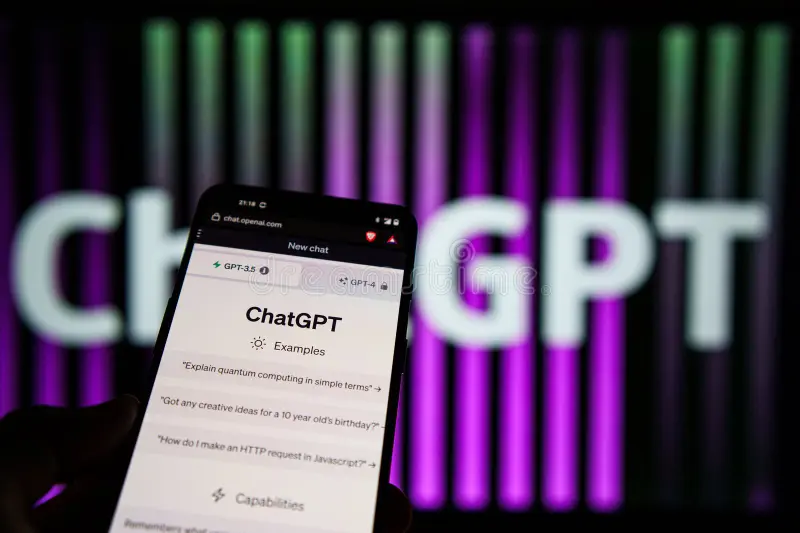On July 17, 2025, OpenAI officially unveiled its ChatGPT Agent launch, introducing a powerful new AI assistant capable of performing multi-step tasks using its own virtual environment. This marks a significant leap forward from previous tools like Operator and Deep Research, combining browsing, terminal control, and productivity integrations. This article explores the mechanics of this launch, its real-world applications, safety considerations, and what the ChatGPT Agent launch means for users and the AI landscape.
What Is the ChatGPT Agent?
The ChatGPT Agent launch integrates capabilities from prior tools, Operator’s web browsing and Deep Research’s synthesis, into a unified system that can think and act. It operates within a virtual computer, equipped with a browser, code interpreter terminal, and API connectors to services like Google Calendar, Gmail, and GitHub. This setup enables the agent to plan events, conduct research, generate slides or spreadsheets, and even shop online.
Unlike traditional chatbots, the agent can execute entire workflows, such as planning a date night, researching competitors, or submitting forms, actions that previously required user follow-up. During demonstrations, the agent successfully managed tasks like scheduling using calendars, cross-referencing reservation systems, and blending voice-driven direction with autonomous action.
Who Has Access and How It Works
Access to the ChatGPT Agent launch begins today for users on Pro, Plus, and Team plans via the “agent mode” in the ChatGPT interface. Enterprise and Education users will gain access later this summer, with no rollout timeline yet for regions like the EEA and Switzerland.
Once in agent mode, users can issue commands like “analyze last quarter’s sales data and draft a slide deck.” The agent sequentially conducts research, creates documents, and waits for user approval before any irreversible actions. It offers interactive interrupts, allowing users to pause, adjust prompts, or halt processes entirely.
Real-World Use Cases
With the ChatGPT Agent launch, users gain a hands-free assistant for everyday and professional tasks:
- Calendar Management: The agent reads Google Calendar, provides meeting summaries, reschedules events, and books tables via integrated services.
- Research and Reporting: The agent compiles competitor analysis, financial summaries, or trend-based slide decks using Deep Research capabilities.
- E-commerce Assistance: It can shop for groceries, clothing, or supplies, then prompt users to approve purchases or fill shopping carts.
- Coding Support: Developers benefit from the agent’s ability to run code in a terminal, format data, and generate CSV or slide outputs.
- Workflow Automation: Users can instruct it to compile reports, organize travel itineraries, or structure project plans without manual steps.
These use cases demonstrate how the ChatGPT Agent launch empowers users to automate complex tasks with minimal intervention, potentially saving hours of manual work.
Safety Measures and Limitations
OpenAI built extensive safeguards to accompany the ChatGPT Agent launch:
- Permission Prompts: The agent always seeks confirmation before irreversible actions such as sending emails or placing orders.
- Watch Mode: For financial or sensitive actions, the agent pauses or stops if the user navigates away from the active window.
- Agentic Safety: Trained resistance to malicious prompts and periodic user control checks prevent unauthorized behavior.
- Technical Restrictions: Financial transaction capabilities are currently disabled, and terminal access is limited to reduce misuse potential.
These layered defenses aim to ensure responsible deployment of the agent’s powerful capabilities.
Competitive Landscape and Strategy
The ChatGPT Agent launch positions OpenAI squarely in the growing race for autonomous AI agents. Competition includes Google’s Gemini efforts, Anthropic’s “Computer Use,” and others from Perplexity and Meta. While earlier tools focused on specific tasks, the agent represents a unified interface for seamless task handling.
This launch also integrates with OpenAI’s roadmap toward a unified multimodal model (potentially GPT‑5), signaling a shift toward agents that can manage tasks end to end without manual orchestration.
Challenges and User Expectations
Despite its advancements, the ChatGPT Agent launch faces several challenges:
- Latency: Complex tasks may take minutes or longer, requiring patience and background processing.
- Reliability: The agent’s performance varies depending on task complexity, requiring intermittent user intervention.
- Accessibility: Agent mode is limited to paid users, which may slow mass adoption.
- Domain Expertise: Certain professional workflows may still require specialized tools for full effectiveness.
Navigating these limitations will be crucial for user trust and long-term adoption of agentic AI.
Future Outlook
The ChatGPT Agent launch is just the beginning. Over time, OpenAI is expected to:
- Expand capabilities to include enterprise-strength plugins and data connectors.
- Continue refining latency and task reliability for smoother user experiences.
- Extend availability to more regions and subscription tiers.
- Integrate tighter with emerging multimodal models and context protocol standards.
Conclusion
The ChatGPT Agent launch represents a pivotal moment for AI assistants, transforming them from reactive chatbots to proactive task orchestrators. While still early, the agent’s ability to autonomously complete backend workflows marks a major shift in productivity tools.
By combining browsing, scheduling, shopping, research, and code execution into one dynamic interface, OpenAI has redefined how users delegate work to AI. As the agent evolves, it may soon become the central hub for personal and professional digital assistance, redefining efficiency for millions of users.
Read More






 Saturday, 20-12-25
Saturday, 20-12-25







